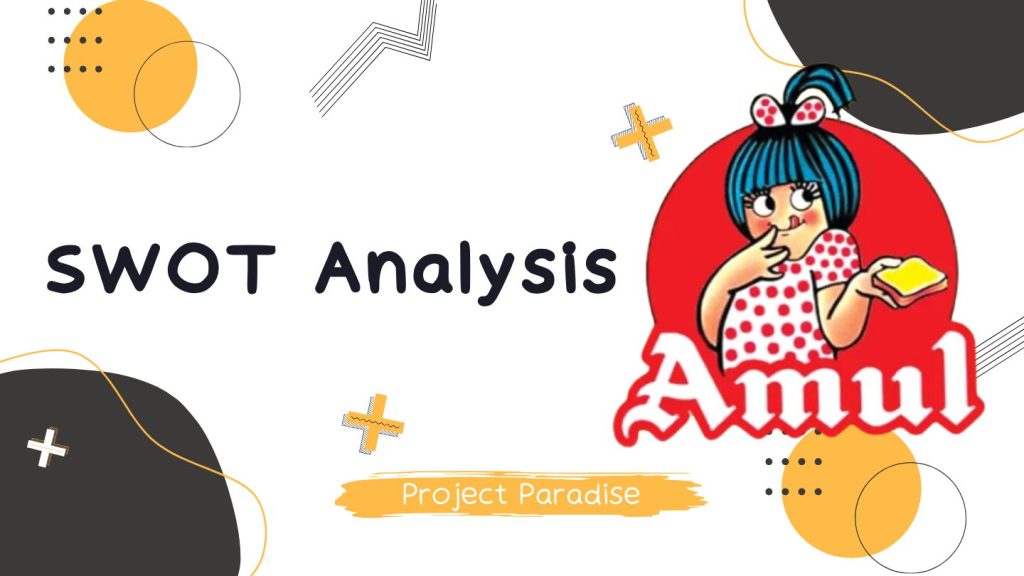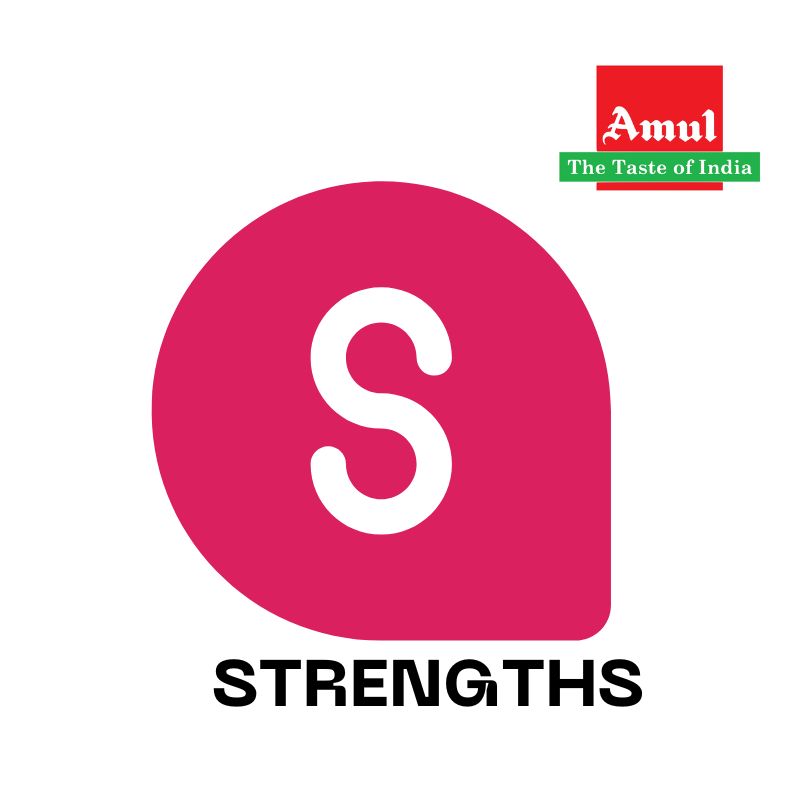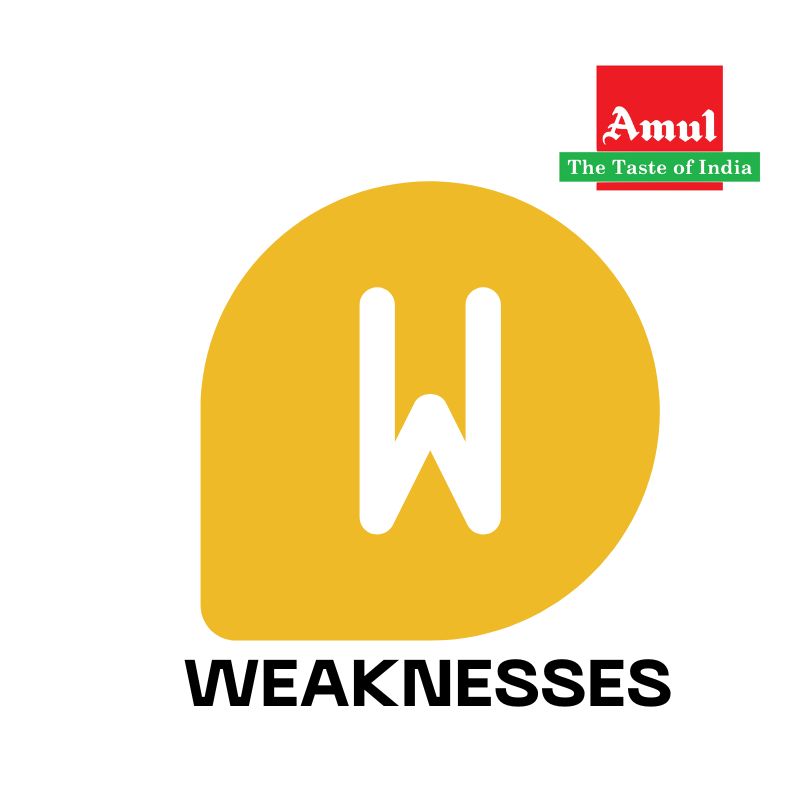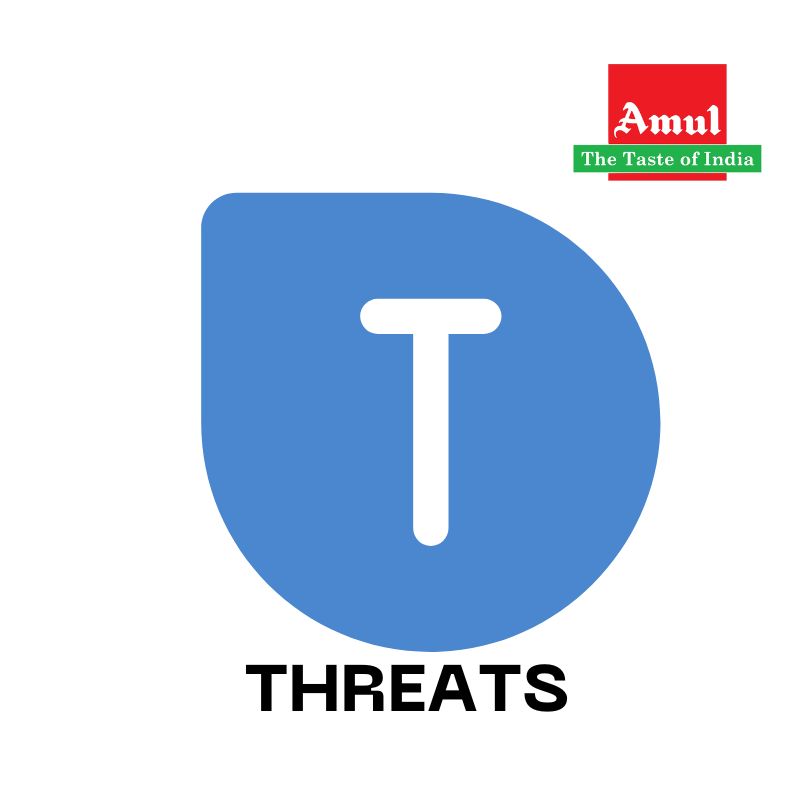10 Ideal Research Marketing Project Report Topics for MBA Students in 2025
10 Ideal Research Marketing Project Report Topics for MBA Students in 2025
Marketing is a dynamic field that constantly evolves with technology, consumer behavior, and global trends. For MBA students, selecting the right research topic is crucial to developing innovative insights and practical solutions. In 2025, the focus is on digital transformation, sustainability, and consumer engagement. Here are ten ideal research marketing project report topics for MBA students to explore:
1. The Role of Artificial Intelligence in Digital Marketing
Artificial Intelligence (AI) is reshaping digital marketing by enhancing customer experience, automating tasks, and improving decision-making. This study could analyze AI-driven marketing tools and their impact on businesses.
2. Consumer Behavior in the Era of Social Media Influencers
Social media influencers have a significant impact on consumer purchase decisions. This project could explore the effectiveness of influencer marketing across different industries and its influence on brand perception.
3. Personalization in Marketing: How Brands Use Data to Improve Customer Experience
Personalized marketing is a key trend where brands use customer data to tailor experiences. This research could analyze personalization strategies and their effectiveness in driving customer loyalty and engagement.
4. The Impact of Sustainability and Green Marketing on Consumer Choices
With increasing environmental concerns, businesses are focusing on green marketing strategies. This study could examine how sustainability initiatives affect consumer purchasing decisions and brand loyalty.
5. Effectiveness of Chatbots and AI-Powered Customer Service in Marketing
Chatbots and AI-powered assistants are transforming customer service. This research could assess their role in improving customer engagement and satisfaction in different industries.
6. Voice Search Optimization: The Future of Digital Marketing
Voice search is becoming a major trend in digital marketing. This project could explore how businesses optimize their marketing strategies for voice search and its impact on SEO and consumer behavior.
7. The Rise of Augmented Reality (AR) and Virtual Reality (VR) in Marketing
AR and VR are creating immersive experiences for consumers. This study could analyze how brands use these technologies for marketing and their effectiveness in increasing sales and engagement.
8. The Role of Neuromarketing in Understanding Consumer Behavior
Neuromarketing combines neuroscience and marketing to understand how consumers make decisions. This research could explore how brands use neuromarketing techniques to enhance advertising strategies.
9. E-commerce vs. Traditional Retail: Changing Consumer Preferences
With the rise of e-commerce, traditional retail is facing challenges. This study could compare consumer preferences for online shopping versus physical stores and the factors influencing their choices.
10. The Influence of Short-Form Video Content on Brand Awareness and Sales
Platforms like TikTok and Instagram Reels have changed the way brands interact with audiences. This research could analyze how short-form video content impacts brand awareness and consumer engagement.
Conclusion
Selecting the right marketing research topic is essential for MBA students to stay ahead of industry trends and contribute valuable insights. These ten topics provide a foundation for exploring modern marketing strategies and innovations that will shape the future. If you are an MBA student looking to make an impact in marketing research, consider one of these topics for your project report in 2025!
10 Ideal Research Project Report Topics for MBA Students in 2025
10 Ideal Research Project Report Topics for MBA Students in 2025
Introduction
In today’s competitive business world, MBA students need to develop strong research skills to analyze market trends, assess business strategies, and propose innovative solutions. A well-chosen research project can provide valuable insights, enhance analytical abilities, and boost career prospects. To help MBA students stay ahead, we have compiled a list of 10 ideal research project report topics for 2025 across various management domains.
1. The Impact of Artificial Intelligence on Business Decision-Making
Specialization: Business Analytics & AI
AI-driven analytics and automation are transforming decision-making processes in businesses. This research can explore how AI-powered tools assist in strategic planning, customer insights, and risk assessment.
2. The Role of Digital Transformation in Organizational Growth
Specialization: Business Analytics & AI
AI-driven analytics and automation are transforming decision-making processes in businesses. This research can explore how AI-powered tools assist in strategic planning, customer insights, and risk assessment.
3. Consumer Behavior in the Era of Social Media Influencers
Specialization: Marketing & Consumer Behavior
Social media influencers play a crucial role in shaping consumer preferences. This project can investigate how influencer marketing affects brand loyalty and purchasing decisions.
4. Sustainability and Green Marketing Strategies for Brand Growth
Specialization: Sustainability & Marketing
With growing environmental concerns, businesses are adopting sustainable practices. This research can evaluate how green marketing initiatives influence consumer perception and business profitability.
5. The Effect of Remote Work on Employee Productivity and Work-Life Balance
Specialization: Human Resource Management
Hybrid and remote work models have become the new norm. This study can analyze the advantages and challenges of remote work on employee performance and overall business efficiency.
6. Blockchain Technology in Financial Transactions and Banking
Specialization: Finance & FinTech
Blockchain is revolutionizing banking and financial transactions by enhancing security and transparency. This research can examine its adoption in digital payments and fraud prevention.
7. Customer Retention Strategies in the E-Commerce Industry
Specialization: E-Commerce & Marketing
With intense competition in online shopping, customer retention is vital. This project can explore strategies such as personalized marketing, loyalty programs, and customer service improvements.
8. The Role of Big Data in Supply Chain Optimization
Specialization: Supply Chain & Operations Management
Big data analytics is transforming supply chain management by improving efficiency and reducing costs. This research can evaluate how data-driven strategies enhance logistics and inventory management.
9. Financial Inclusion Through FinTech Innovations
Specialization: Finance & Technology
FinTech startups are bridging the gap in financial services for underserved populations. This study can explore how mobile banking, digital wallets, and microfinance solutions contribute to financial inclusion.
10. The Future of Leadership: Skills Needed for Tomorrow’s Business Leaders
Specialization: Leadership & Organizational Behavior
Leadership dynamics are evolving with technological advancements and global challenges. This research can assess the key skills required for effective leadership in the digital age.
Conclusion
Choosing the right research topic is crucial for MBA students to develop industry-relevant knowledge and problem-solving skills. These 10 research project report topics cover diverse areas of management, ensuring students can explore relevant and impactful business challenges. Select a topic that aligns with your interests and future career goals, and embark on an insightful research journey.
Which topic interests you the most? Start your research today !
The Rise of the Cashless Economy: Trends, Importance, and Future Prospects
The Rise of the Cashless Economy: Trends, Importance, and Future Prospects
Abstract
A cashless economy is a financial system in which transactions occur primarily through digital payment methods instead of physical cash. This transition is driven by advancements in financial technology (FinTech), mobile banking, cryptocurrencies, and government policies aimed at financial inclusion and transparency. The increasing adoption of contactless payments, e-wallets, and blockchain technology has transformed the way businesses and individuals handle transactions. This paper explores the importance of studying the cashless economy, its scope, a literature review of existing research, key trends, challenges, and future prospects. The study concludes by highlighting the role of digital finance in economic growth and predicting the trajectory of cashless transactions.
Introduction
The world is rapidly transitioning towards a cashless economy, where financial transactions rely on electronic payment systems rather than physical currency. This shift is fueled by technological innovations, changing consumer behavior, and government initiatives to promote financial inclusion. The increasing use of mobile wallets, digital banking, cryptocurrencies, and contactless cards indicates that the traditional reliance on cash is diminishing.
The COVID-19 pandemic accelerated the adoption of digital payments, with people preferring contactless transactions to reduce physical interaction. Businesses, banks, and governments worldwide are investing in secure, efficient, and innovative digital payment solutions to facilitate economic growth. However, while the benefits of a cashless economy are evident, challenges such as cybersecurity risks, digital illiteracy, and infrastructure limitations must be addressed to ensure a seamless transition.
This paper aims to examine the growing trends in cashless transactions, the role of financial technology, and the challenges hindering full adoption. By analyzing existing literature and real-world case studies, we will explore the potential of a fully digital financial ecosystem and its implications for individuals, businesses, and economies.

Importance of the Study
The cashless economy is becoming an integral part of modern finance, and studying its evolution is crucial for several reasons:
Economic Growth and Transparency
- Digital transactions reduce corruption, increase tax compliance, and improve financial reporting.
- Governments can monitor transactions, reducing illicit activities like money laundering and tax evasion.
2. Financial Inclusion
- Mobile banking and digital wallets empower unbanked populations, enabling them to participate in the economy.
- Digital finance provides access to loans, insurance, and investment opportunities for people in remote areas.
3. Enhanced Security and Reduced Fraud
- Digital transactions are traceable and secure, reducing theft and counterfeiting.
- Advanced encryption and AI-driven fraud detection systems improve transaction safety.
4. Convenience and Efficiency
- Contactless payments and mobile transactions allow faster, hassle-free payments.
- Digital payments eliminate the need for handling, storing, and transporting physical cash.
5. Government and Business Benefits
- Governments can implement better monetary policies, monitor financial trends, and regulate digital finance.
- Businesses benefit from seamless transactions, reduced operational costs, and improved customer experience.
6. Environmental and Social Impact
- A cashless system reduces the demand for paper currency, minimizing environmental impact.
- Digital payments enhance accessibility for individuals with physical disabilities, making financial services more inclusive.
Scope of the Study
This study explores the cashless economy from a global perspective, focusing on:
- Technological Innovations: The role of FinTech, mobile banking, blockchain, and artificial intelligence in digital payments.
- Government Policies and Regulations: How different countries promote or regulate cashless transactions.
- Consumer Behavior: Adoption trends across age groups, industries, and regions.
- Challenges and Risks: Cybersecurity threats, digital illiteracy, and infrastructure limitations.
- Future Trends: The sustainability and potential expansion of digital transactions globally.
Literature Review
Theoretical Foundations of a Cashless Economy
Several theories explain the adoption of digital payments. Davis’ (1989) Technology Acceptance Model (TAM) states that people adopt new financial technologies based on perceived usefulness and ease of use (Davis, 1989). Rogers’ (2003) Diffusion of Innovation Theory highlights how new financial technologies spread across societies (Rogers, 2003).
Global Trends in Cashless Transactions
The World Bank (2021) highlights that Sweden, China, and India are leaders in cashless transactions, with Sweden aiming to become fully cashless by 2030 (World Bank, 2021). Research by Suri and Jack (2016) emphasizes how Kenya’s M-Pesa revolutionized financial inclusion through mobile money (Suri & Jack, 2016).
Government Initiatives Driving the Cashless Economy
India’s 2016 demonetization led to a sharp increase in Unified Payments Interface (UPI) transactions (Bansal, 2019). The European Central Bank (2020) explores the impact of Central Bank Digital Currencies (CBDCs) in promoting digital transactions (ECB, 2020).
Challenges and Concerns
Despite its advantages, a cashless economy faces significant obstacles. Research by Kahn and Roberds (2009) discusses cybersecurity threats and data privacy issues (Kahn & Roberds, 2009). Ozili (2018) highlights the digital divide, where rural populations struggle with internet connectivity and smartphone accessibility (Ozili, 2018).

Key Trends in the Cashless Economy
- Growth of Mobile Payments – Google Pay, Apple Pay, and Paytm are revolutionizing financial transactions.
- Cryptocurrency and Blockchain – Bitcoin and CBDCs are redefining global transactions.
- Biometric Payments – Fingerprint and facial recognition are enhancing security.
- AI in Fraud Prevention – AI-driven security detects fraud in real time.
- IoT and Wearable Payments – Smartwatches and IoT devices are facilitating payments.

Challenges in Achieving a Fully Cashless Society
- Cybersecurity Risks – Digital fraud and hacking remain major concerns.
- Infrastructure Gaps – Limited internet access hinders digital adoption.
- Privacy and Surveillance Issues – Tracking of transactions raises ethical questions.
- Resistance to Change – Older populations and small businesses still prefer cash.
Future Prospects of the Cashless Economy
With technological advancements, AI, blockchain, and biometric security will play a greater role in ensuring secure and seamless transactions. The adoption of CBDCs and IoT-driven payment solutions will further accelerate the transition toward a fully cashless society.
Conclusion
The transition to a cashless economy is inevitable, driven by technological progress, government policies, and consumer preferences. However, overcoming security risks, digital literacy barriers, and infrastructure limitations is critical for a smooth transition. A well-regulated digital financial ecosystem will enhance economic transparency, security, and convenience, paving the way for a financially inclusive world.
References
- Bansal, R. (2019). Impact of Demonetization on Digital Transactions in India. Journal of Economic Policy, 34(2), 45-60.
- Davis, F. D. (1989). Perceived Usefulness, Perceived Ease of Use, and User Acceptance of Information Technology. MIS Quarterly, 13(3), 319-340.
- European Central Bank. (2020). Exploring Central Bank Digital Currencies. ECB Reports, 12(4), 18-27.
- Kahn, C. M., & Roberds, W. (2009). Why Pay? An Introduction to Payments Economics. Journal of Economic Perspectives, 23(4), 101-120.
- Ozili, P. K. (2018). Impact of Digital Finance on Financial Inclusion and Stability. Borsa Istanbul Review, 18(4), 329-340.
- World Bank. (2021). The Global State of Digital Payments. World Bank Reports, 2021(5), 56-72.
SWOT Analysis of Amul: A Comprehensive Study
SWOT Analysis of Amul:
A Comprehensive Study

Amul, a brand managed by the Gujarat Cooperative Milk Marketing Federation (GCMMF), is not just a name but an emotion for millions of Indians. Over the decades, it has become synonymous with dairy products, representing trust, quality, and innovation. This detailed SWOT analysis examines Amul’s Strengths, Weaknesses, Opportunities, and Threats, providing insights into its success story and future potential.

Strong Brand Recognition
Amul is one of the most recognized and trusted brands in India. Its iconic mascot, the Amul girl, and consistent advertising campaigns have made it a household name. The tagline “Utterly Butterly Delicious” resonates with generations of Indians.Extensive Distribution Network
Amul has an unparalleled supply chain that ensures its products reach even the remotest corners of India. With over 10,000 distributors and 1 million retailers, Amul’s network ensures accessibility and availability.
3. Farmer Empowerment Operating on a cooperative model, Amul empowers over 3.6 million dairy farmers. This farmer-centric approach not only ensures a steady supply of milk but also supports rural livelihoods.
4. Diverse Product Portfolio Amul offers a wide range of products, including milk, butter, cheese, ice creams, chocolates, and health drinks. This diversification helps the brand cater to a wide audience and ensures market stability.
5. Affordable Pricing By maintaining competitive pricing without compromising quality, Amul has made its products accessible to all socioeconomic classes.
7. Innovative Marketing Amul’s witty and topical advertisements have consistently captured public attention, making its campaigns highly memorable and relatable.
8. Focus on Quality Amul ensures high standards of hygiene and quality in its production processes. Its robust R&D department constantly works on improving products and introducing innovations.

- Overdependence on Milk Supply Amul’s business heavily relies on milk procurement from farmers. Seasonal fluctuations in milk production can impact the supply chain and product availability.
- Limited Global Presence While Amul has a strong foothold in India, its international presence is relatively limited. Competing with global dairy giants in international markets remains a challenge.
3. Logistics and Storage Issues Dairy products are perishable, requiring efficient cold chain logistics. Any disruption in storage or transportation can lead to significant losses.
4. High Operational Costs Managing a vast supply chain and maintaining quality across such a large network incurs significant operational costs, affecting profitability.
5. Brand Dependency Amul’s identity is heavily tied to its core dairy products. This dependency can limit its flexibility to diversify into non-dairy segments.

Global Expansion With increasing demand for Indian dairy products worldwide, Amul can capitalize on expanding its footprint in international markets, especially in the Middle East, Africa, and Asia-Pacific regions.
Health and Wellness Trends The growing awareness of health and wellness provides an opportunity for Amul to launch more health-oriented products like low-fat milk, plant-based alternatives, and protein-rich snacks.
3. Rural Market Penetration While Amul already has a significant presence in rural India, there is still potential to expand further by introducing affordable, smaller-packaged products tailored for rural consumers.
4. Digital Transformation Leveraging technology for direct-to-consumer (D2C) platforms can help Amul strengthen its relationship with end consumers and increase its reach.
5. Sustainability Initiatives With an increasing emphasis on sustainability, Amul can focus on eco-friendly packaging and sustainable dairy farming practices, appealing to environmentally conscious consumers.
6. Partnerships and Collaborations Collaborating with food chains, restaurants, and international brands can open new revenue streams and increase brand visibility.
7. Innovation in Product Offerings Introducing new flavors, seasonal variants, or niche products like lactose-free milk and vegan cheese can help Amul tap into emerging consumer preferences.

- Rising Competition Amul faces stiff competition from both domestic players like Mother Dairy, Nestle, and Britannia and international brands entering the Indian market. This competition can impact market share and profitability.
- Fluctuating Raw Material Costs The prices of raw materials, especially milk, are subject to seasonal variations and inflation, which can affect production costs and pricing strategies.
3. Regulatory Challenges The dairy industry is subject to various government regulations related to quality, pricing, and food safety. Changes in policies or stricter regulations can pose challenges.
4. Health Concerns Increasing awareness about lactose intolerance and the rise of veganism can lead to a decline in demand for traditional dairy products.
5. Economic Slowdowns Economic instability or slowdowns can reduce consumer spending, impacting the sales of premium and non-essential dairy products.
6. Climate Change Impact Changes in weather patterns can directly impact milk production, affecting the supply chain and overall business operations.
7. Technological Disruptions Competitors leveraging advanced technologies for production, supply chain management, or marketing can create challenges for Amul to stay ahead.
Conclusion
Amul’s journey from a small cooperative in Gujarat to becoming one of the largest dairy brands in the world is a testament to its resilience, innovation, and commitment to quality. While the brand has significant strengths like strong brand equity, a robust distribution network, and a diverse product portfolio, it also faces challenges such as rising competition and logistical issues. However, with opportunities in global expansion, health-focused product lines, and digital transformation, Amul is well-positioned to continue its legacy of excellence.
To maintain its competitive edge, Amul must focus on sustainability, innovation, and leveraging technology to meet evolving consumer needs. By staying true to its roots while embracing change, Amul can further solidify its position as a dairy leader, both in India and globally.
Influencer Marketing: Measuring Its Impact on Brand Equity
Influencer Marketing: Measuring Its Impact on Brand Equity
Introduction
Influencer marketing has become a pivotal force in the digital marketing landscape, revolutionizing how brands connect with their audiences. In an era dominated by social media platforms, the role of influencers as trusted intermediaries has grown exponentially. Influencers, ranging from celebrities to niche content creators, have harnessed their online presence to sway consumer opinions and preferences. This phenomenon has not only transformed marketing practices but has also brought into focus the critical impact of influencer marketing on brand equity.
Brand equity, a cornerstone of marketing success, encompasses the value that a brand holds in the minds of consumers. It is shaped by factors such as brand awareness, perceived quality, brand associations, and customer loyalty. Influencer marketing, when executed effectively, has the potential to enhance these components, thereby elevating a brand’s equity. However, the extent and nature of this impact warrant a thorough exploration, making this study a timely and relevant endeavor.
The rise of influencer marketing can be attributed to the changing dynamics of consumer behavior. Traditional advertising, characterized by one-way communication, is gradually losing its efficacy as consumers seek authentic and relatable content. Influencers fill this void by offering personalized and engaging narratives that resonate with their followers. Their ability to humanize brands and establish trust has made them indispensable in modern marketing strategies.
This study aims to delve deeper into the intricacies of influencer marketing and its relationship with brand equity. By examining the factors that contribute to the effectiveness of influencer campaigns, the research seeks to provide actionable insights for marketers, students, and business professionals. The findings will not only contribute to academic literature but also serve as a practical guide for those navigating the complexities of digital marketing.
Objective of the Study
The study aims to address the following objectives:
- To analyze how influencer marketing impacts brand equity dimensions, such as brand loyalty, awareness, and consumer trust.
- To identify measurable metrics for evaluating the success of influencer campaigns.
- To provide a resource for students and marketers working on marketing topics, project paradise, and MBA project reports.
Need for the Study
As digital marketing evolves, influencer marketing has carved its niche by leveraging trust and relatability. Traditional advertising often struggles to resonate with the authenticity-seeking modern consumer, while influencers—seen as relatable individuals—offer a fresh perspective. However, while brands increasingly allocate budgets toward influencer campaigns, there remains a significant gap in understanding their tangible impact on brand equity.
This study seeks to bridge this gap, providing a foundation for students and marketers to explore:
- How influencer campaigns drive specific brand equity components.
- Challenges such as transparency and ethical concerns.
- Insights to refine MBA project reports and similar academic pursuits.
Importance of the Study
Understanding the impact of influencer marketing is essential for businesses aiming to strengthen their market position and students exploring advanced marketing topics. The significance of this study lies in:
- Providing businesses with tools to measure the ROI of influencer campaigns.
- Offering academic value for students and researchers by contributing to evolving literature in the domain of marketing topics.
- Highlighting the evolving role of influencers as strategic partners in brand-building efforts.
Literature Review
- Kaplan and Haenlein (2010): Social media influencers function as opinion leaders, bridging the gap between brands and niche audiences, which boosts brand awareness.
- Freberg et al. (2011): The concept of para social relationships explains how consumers perceive influencers as trusted friends, enhancing brand loyalty.
- Lou and Yuan (2019): Influencer credibility significantly impacts consumer purchase intent and overall brand perception.
- Hughes et al. (2019): Authentic storytelling by influencers drives engagement and reinforces brand trust.
- Duffy (2017): Explored how influencer marketing combines personal branding with commercial objectives to create a unique value proposition.
- Balakrishnan and Kumar (2020): Highlighted the importance of aligning influencer content with brand values to amplify message consistency.
- Chung and Cho (2017): Transparency in sponsorships is a critical determinant of consumer trust in influencer campaigns.
- Uzunoğlu and Kip (2014): Demonstrated how influencer endorsements enhance visibility, a key element of brand equity.
- Khamis et al. (2017): Explored the role of influencer marketing in reshaping traditional advertising paradigms.
- Jin and Ryu (2020): Emphasized the challenges in balancing short-term campaign goals with long-term brand equity building.
Methodology
Research Design
This study adopts a mixed-methods approach:
- Quantitative Analysis: Data from surveys administered to 500 respondents, primarily between the ages of 18-40, who actively engage with social media influencers.
- Qualitative Analysis: Thematic analysis of open-ended survey questions to extract consumer narratives regarding influencer campaigns.
Data Collection
Primary Data:
- Surveys distributed through platforms such as Google Forms.
- Questions focused on consumer attitudes, brand perceptions, and influencer engagement.
Secondary Data:
- Case studies of successful influencer campaigns.
- Reports from reputable marketing organizations.
Data Analysis
1. Descriptive Statistics
Demographics:
- 60% of respondents were aged 18-30.
- A balanced gender representation, with 55% female and 45% male participants.
Engagement Trends:
- 76% follow at least one influencer daily.
- 64% reported buying products based on influencer endorsements.
Findings
Influencer Authenticity:
Authentic influencers significantly enhance brand trust, a core component of brand equity.
Brand Awareness:
Influencer marketing drives high levels of visibility, particularly for niche and emerging brands.
Consumer Loyalty:
Consistent collaborations with relatable influencers build long-term brand loyalty.
Challenges:
Transparency regarding paid promotions and maintaining a balance between creativity and commercial interests remain areas of concern.
Conclusion
Influencer marketing is a dynamic and impactful strategy that offers unparalleled opportunities for brand-building in today’s digital-first environment. By enhancing brand awareness, trust, and loyalty, influencers serve as critical assets in shaping brand equity. However, for businesses and researchers, understanding the challenges of transparency, alignment, and ethical concerns is equally important.
This study not only adds to the academic exploration of marketing topics but also serves as a guide for students working on MBA project reports. By leveraging influencer marketing strategically, brands can build robust equity and foster lasting consumer relationships.
Recommendations for Future Research
Given the evolving nature of social media and influencer marketing, future research can explore:
- The role of micro-influencers in niche markets versus macro-influencers in mainstream campaigns.
- The impact of emerging AI tools on influencer selection and campaign optimization.
- The ethical implications of influencer marketing and their effect on consumer trust.
- Longitudinal studies examining the sustained impact of influencer collaborations on brand equity.
- Comparative studies across industries to identify best practices in influencer-driven marketing strategies.



